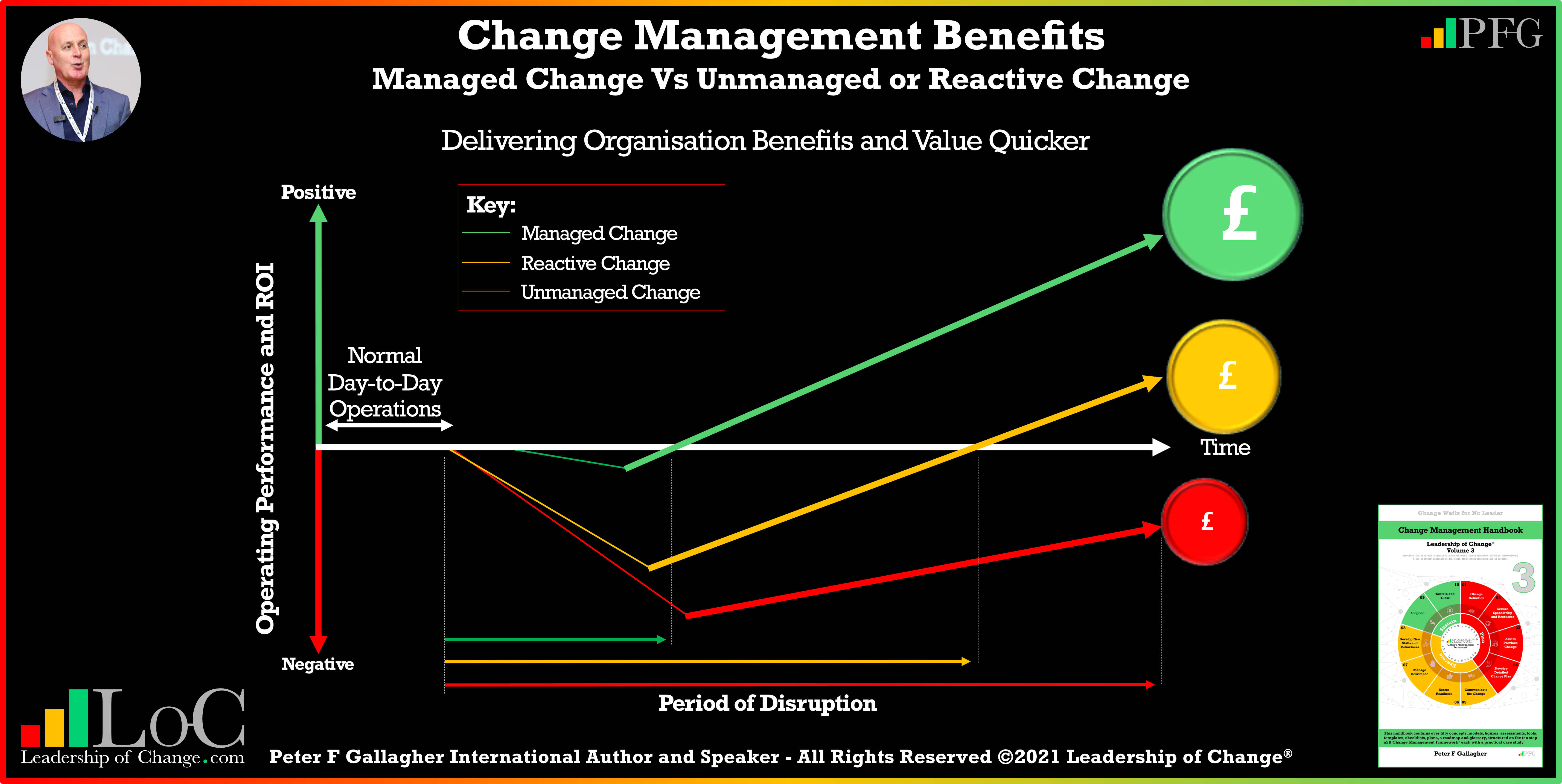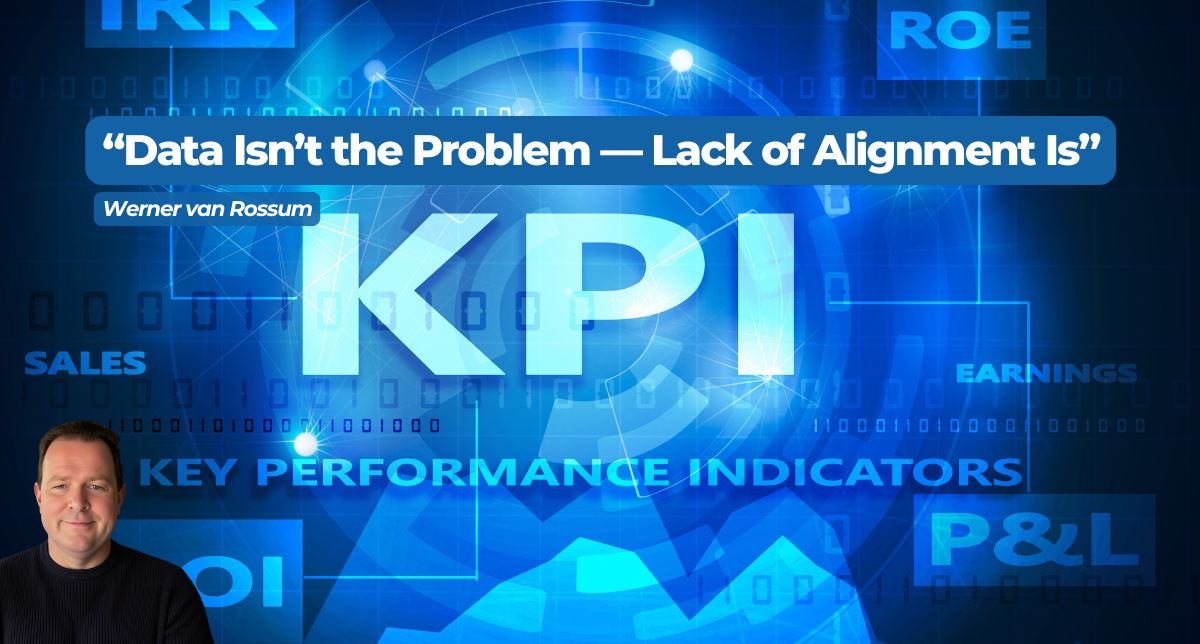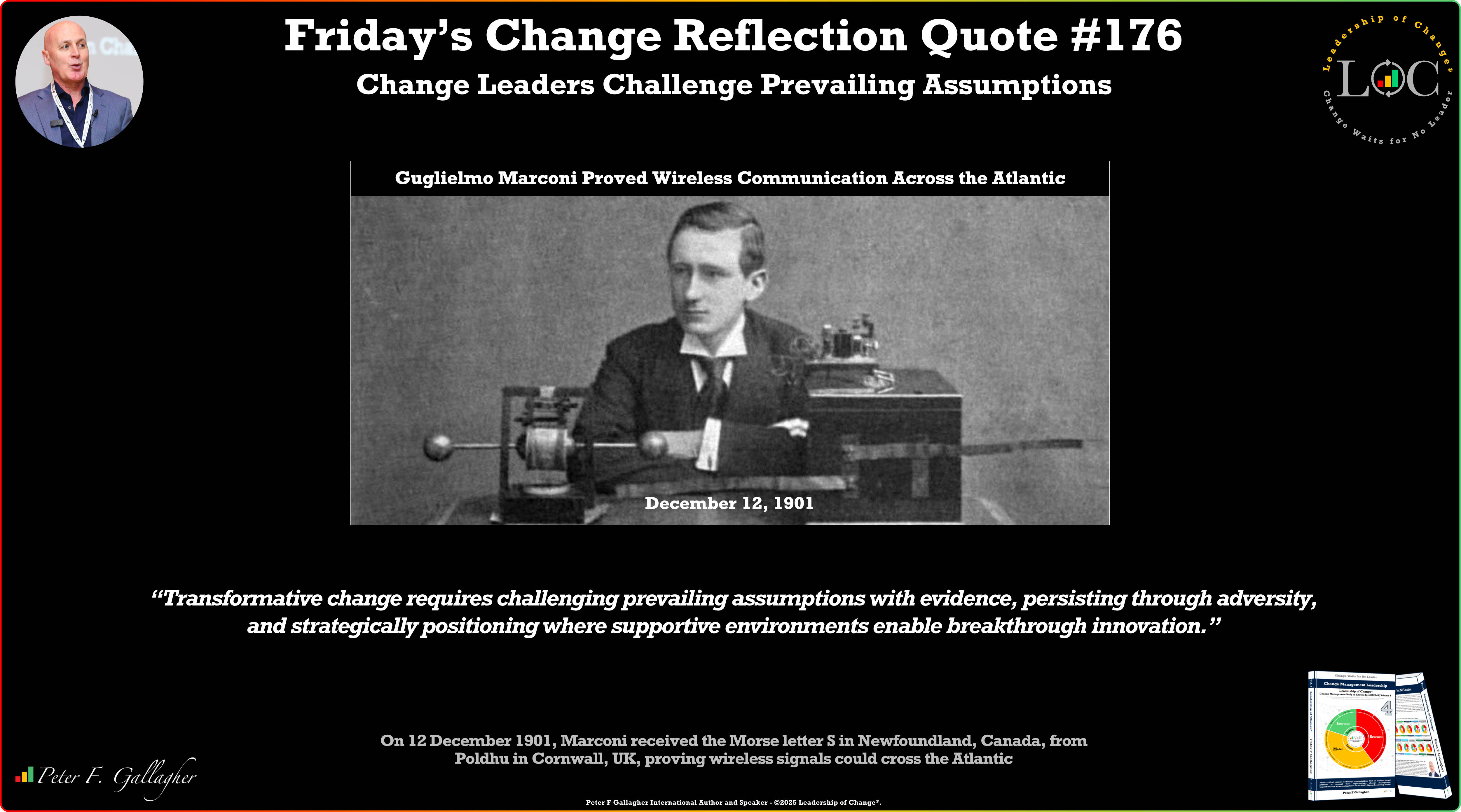
What is Change Management?
Change management is the process, techniques and tools to support organisations, leadership teams and individuals going through a change transition from the current state ‘a’ to the future state ‘B’. The objective is to get the organisation and employees to adopt the change, achieve benefits realisation, sustain the change and improve operating performance. Change management helps the employees to understand, commit to, accept and embrace programme changes. Change management, at the very least, is a formal way of communicating with employees why change is happening, what it will look like from their perspective and how it will benefit or impact them.
Unmanaged or Reactive Change
Change management programmes commonly fail, which means objectives are not achieved and the organisation does not make a return on investment. These failed approaches usually do not have a planned and systematic approach to preparing, communicating and implementing change into the organisation. In unmanaged change, the leader of the organisation authorises and announces the change and then reverts back to fully focus on normal day-to-day operations. They leave the change team on their own and wonder why the change implementation fails. In some cases, the change leaves the organisation performing poorer than before. In reactive change, the leader still focuses on normal day-to-day operations but reacts and starts to focus on the change when performance dips for longer than expected. By putting good resources and focusing on the change, performance can improve.
Managed Change
The key to an effective implementation of change programmes is to develop and deploy structured approaches that will help organisations, leaders, teams and employees understand, accept and work with the change to minimise resistance and disruption. The structured approach supports change adoption and benefits realisation. It means focusing both on normal day-to-day operations and change implementation. High performing employees are put on the change, not only those that are available, and it becomes a part of the organisation’s agenda. The organisation gets ready for the change and only implements it when everyone is ready. There will still be a small dip in performance as the organisation learns the new processes and systems, but performance will soon be much better than it was before. The change will be adopted by the employees, it will be sustainable and that promised ROI.
By Peter F. Gallagher
Keywords: Leadership, Change Management

 The Agentic Superiority of Gemini 3 Pro: Scale, Multimodality, and Ecosystem Integration
The Agentic Superiority of Gemini 3 Pro: Scale, Multimodality, and Ecosystem Integration Data Isn’t the Problem. Alignment Is.
Data Isn’t the Problem. Alignment Is. Friday’s Change Reflection Quote - Leadership of Change - Change Leaders Challenge Prevailing Assumptions
Friday’s Change Reflection Quote - Leadership of Change - Change Leaders Challenge Prevailing Assumptions The Corix Partners Friday Reading List - December 12, 2025
The Corix Partners Friday Reading List - December 12, 2025 Measuring the True ROI of Automated Claims Processes: Beyond Speed and Cost
Measuring the True ROI of Automated Claims Processes: Beyond Speed and Cost